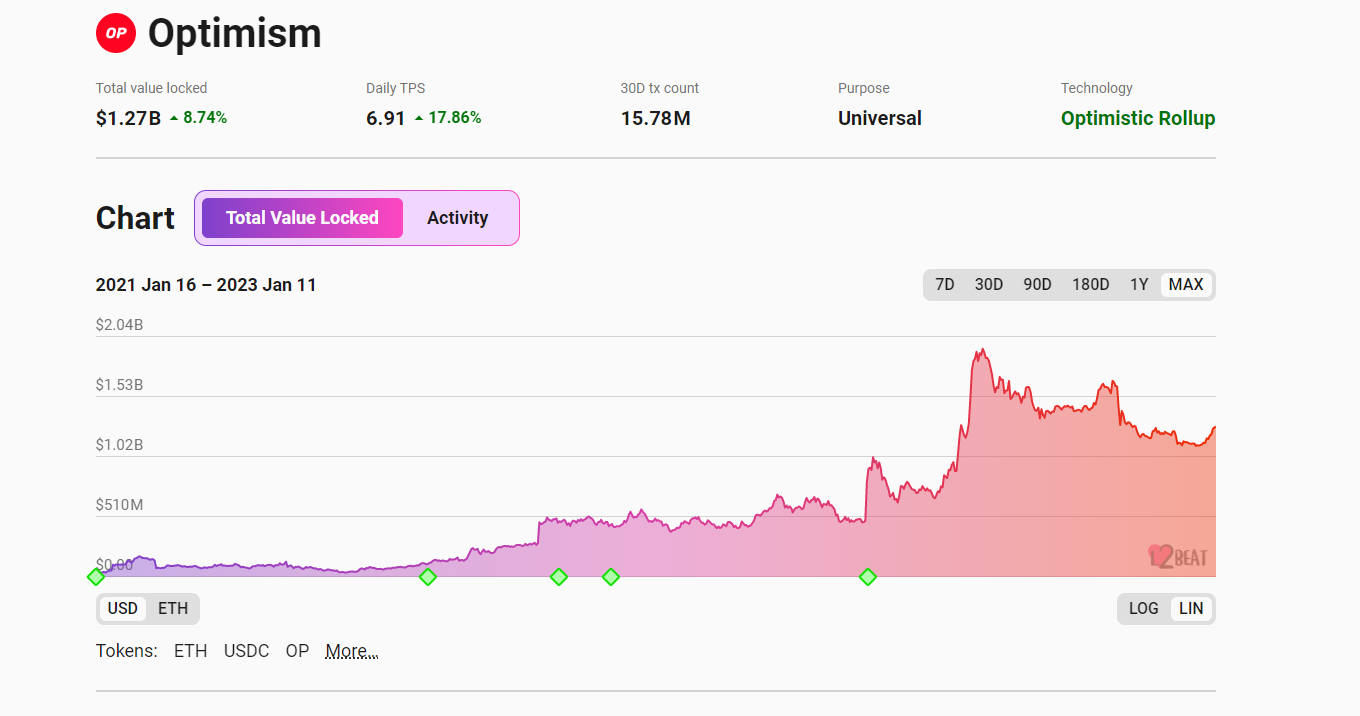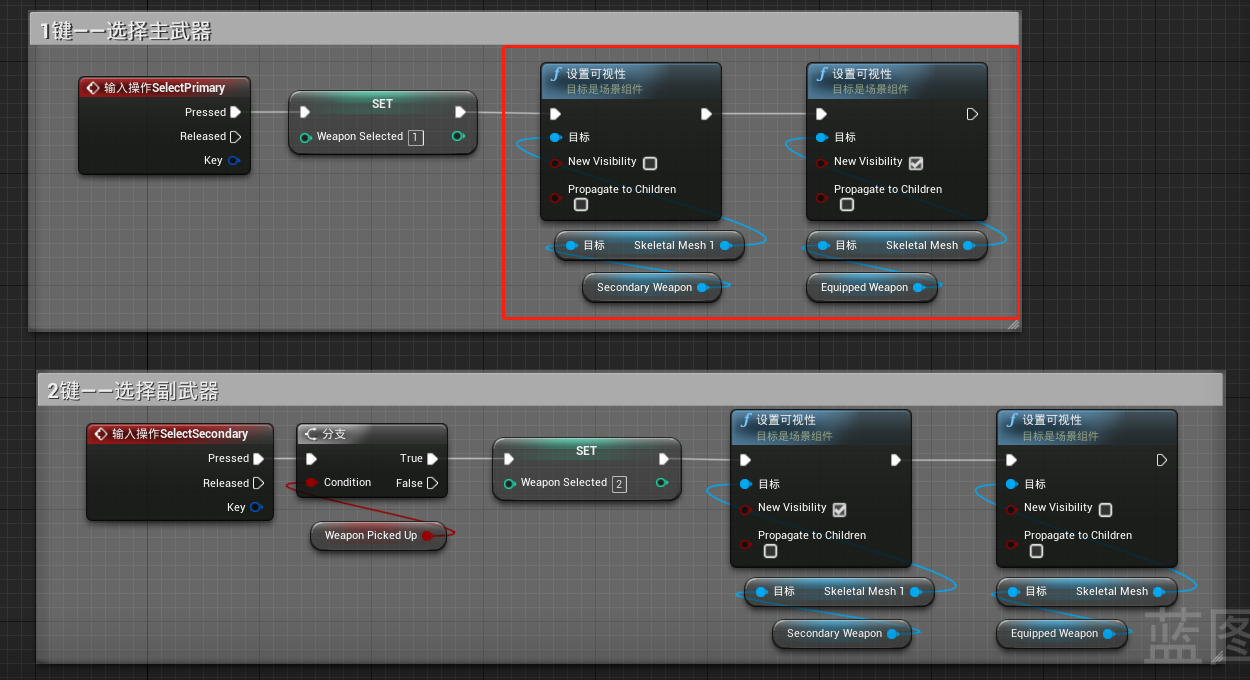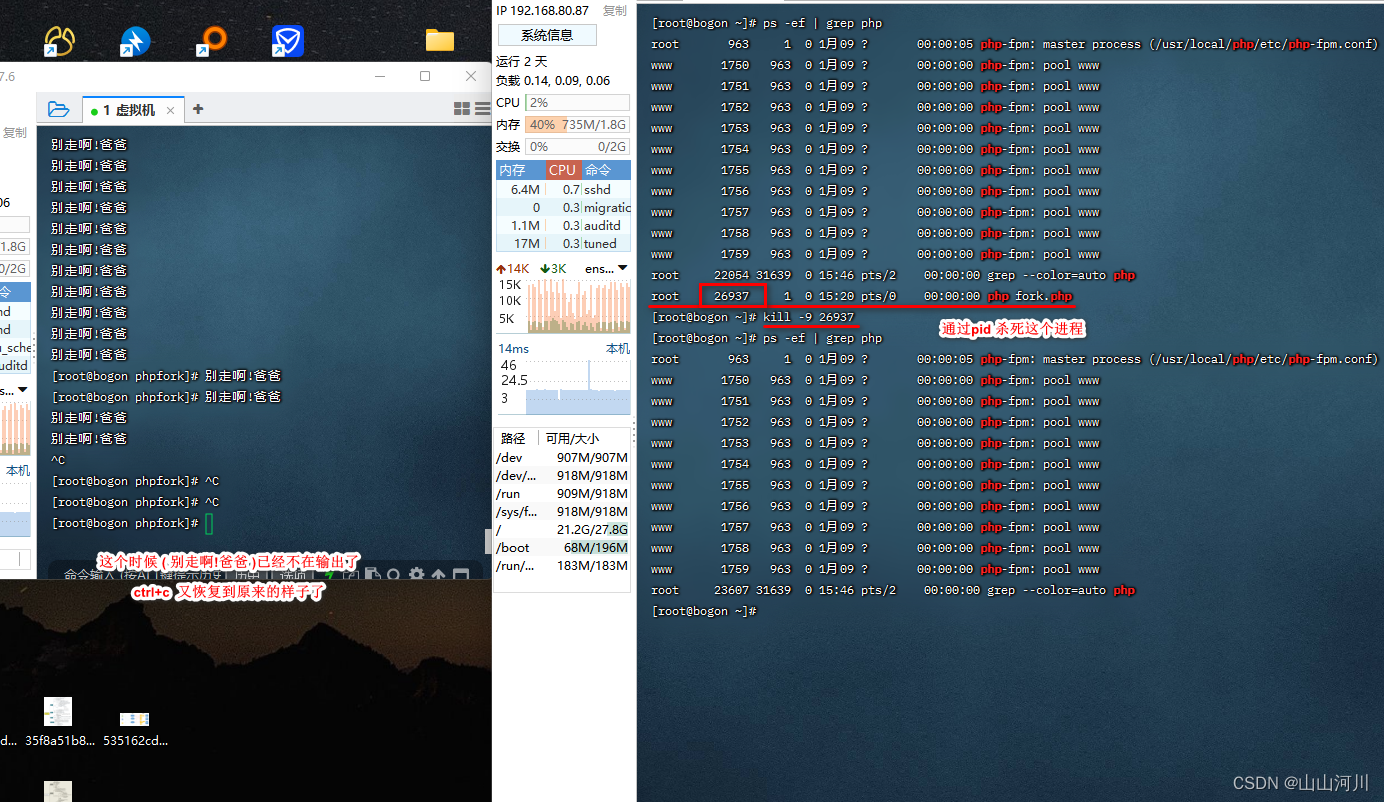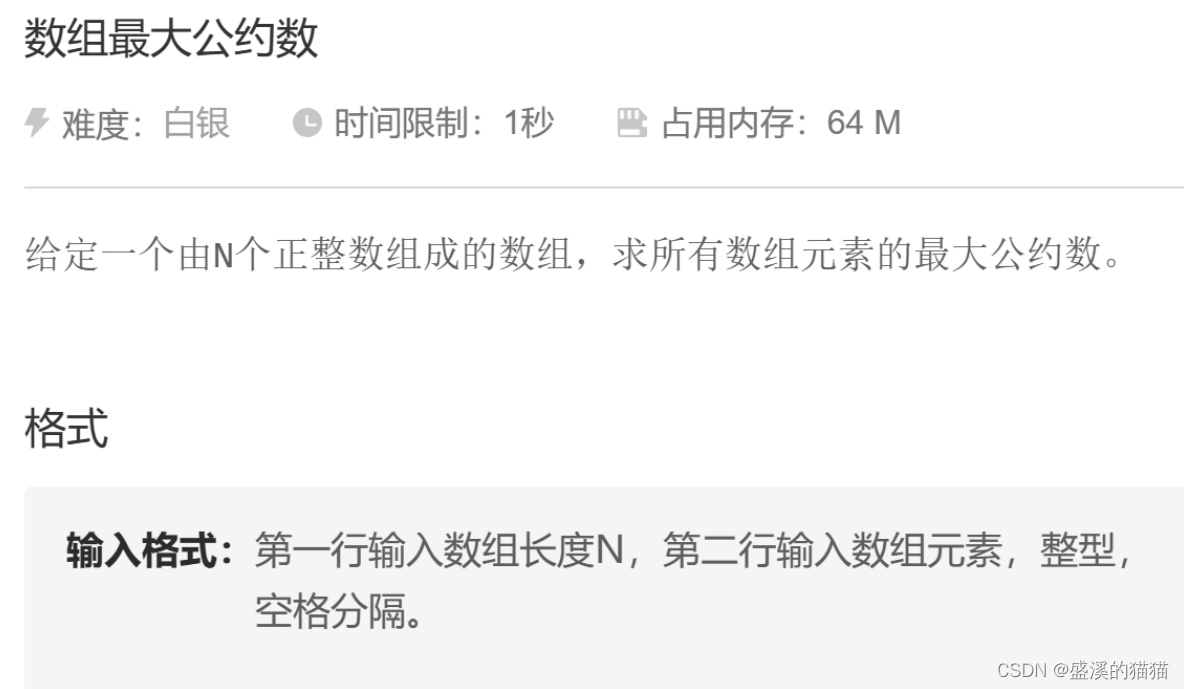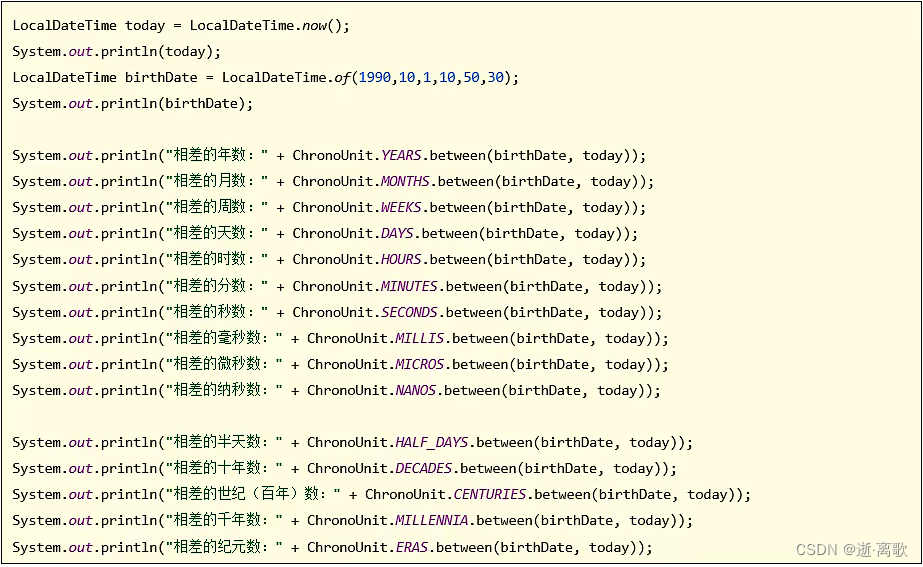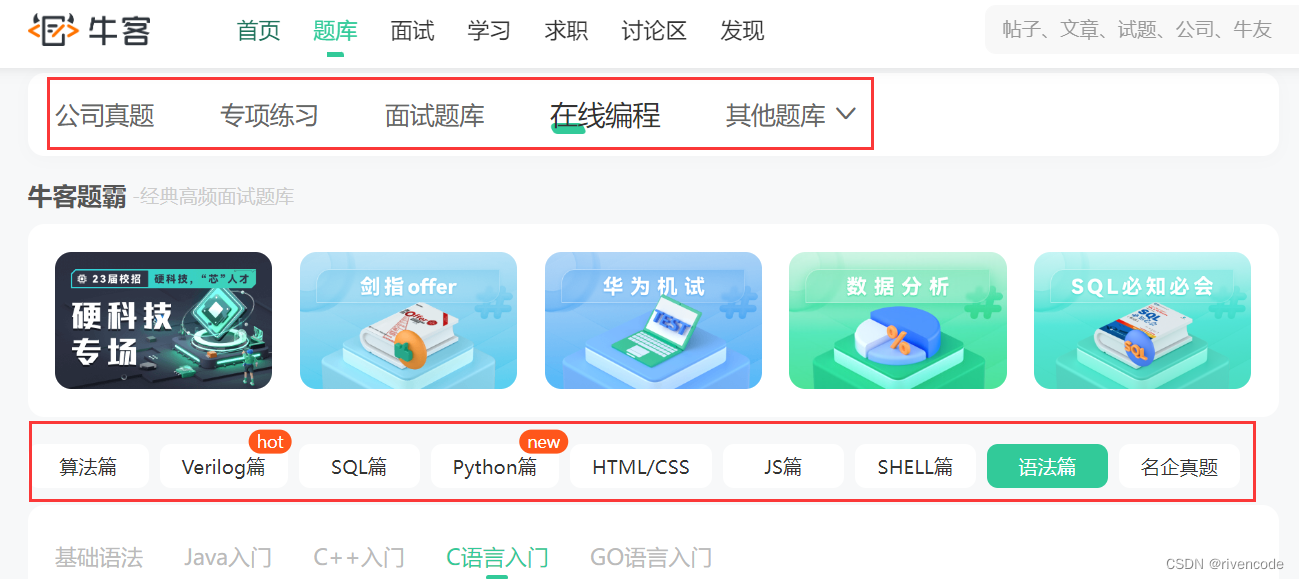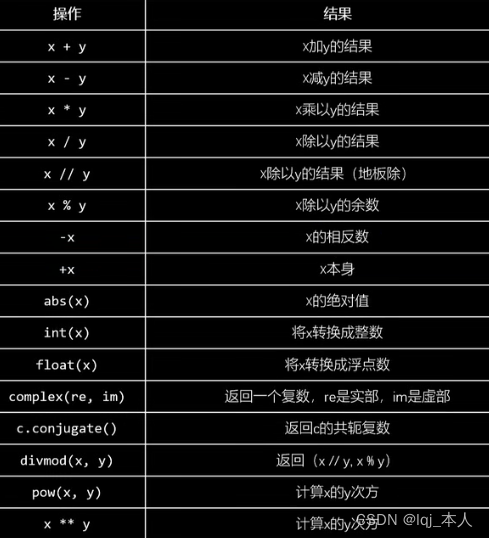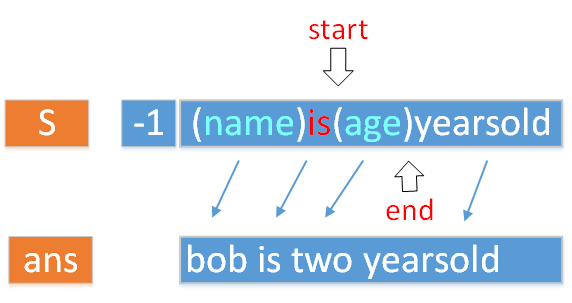NMS的作用就是有效地剔除目标检测结果中多余的检测框,保留最合适的检测框。
以YOLOv5为例,yolov5模型的输入三个feature map的集合,加上batch的维度,也就是三维张量,即 [ b a t c h , ( p 0 ∗ p 0 + p 1 ∗ p 1 + p 2 ∗ p 2 ) ∗ 3 , 4 + c o n f + c l s n u m ] [batch,(p0*p0+p1*p1+p2*p2)*3,4+conf+clsnum] [batch,(p0∗p0+p1∗p1+p2∗p2)∗3,4+conf+clsnum],模型输出的为相对于调整图片的 x y w h xywh xywh,然后后面就要进入后处理阶段。
具体来看,模型输入为 640 ∗ 640 640*640 640∗640时,推理输出结果在 20 ∗ 20 , 40 ∗ 40 , 80 ∗ 80 20*20,40*40,80*80 20∗20,40∗40,80∗80 三个尺度上的预测框总和为 20 ∗ 20 ∗ 3 + 40 ∗ 40 ∗ 3 + 80 ∗ 80 ∗ 3 = 25200 20*20*3+40*40*3+80*80*3=25200 20∗20∗3+40∗40∗3+80∗80∗3=25200,推理时一般一次输入一张图片,batch=1,coco数据集80类,最终的输出张量为 [ 1 , 25200 , 85 ] [1,25200,85] [1,25200,85]
非极大值抑制一般分为置信度抑制和IOU抑制
- 置信度抑制,即根据设定阈值,从检测结果结果中剔除置信度小于阈值的检测框,保留置信度较高的检测框,这一步非常交单。
- IOU(交并比)抑制较为复杂,如果目标检测包含多个分类,则需要对每个分类的检测框单独进行IOU抑制,以一个置信度较高的检测框为基准,与另一个同类检测框计算IOU值,如果IOU值大于设定阈值,则认为另一个检测框与基准检测框为同一目标,需要剔除该检测框。
交并比 (IOU) 如何计算?
交并比(IOU)是度量两个检测框(对于目标检测来说)的交叠程度,公式如下:
I
o
U
=
A
∩
B
A
∪
B
IoU = \frac{A\cap B}{A \cup B}
IoU=A∪BA∩B
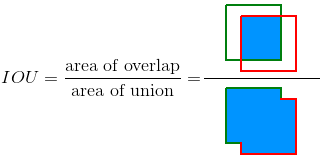
假设两个矩形框A和B的位置分别为:
A : [ x a 1 , y a 1 , x a 2 , y a 2 ] A: [x_{a1}, y_{a1}, x_{a2}, y_{a2}] A:[xa1,ya1,xa2,ya2]
B : [ x b 1 , y b 1 , x b 2 , y b 2 ] B: [x_{b1}, y_{b1}, x_{b2}, y_{b2}] B:[xb1,yb1,xb2,yb2]
假如位置关系如图3 所示:
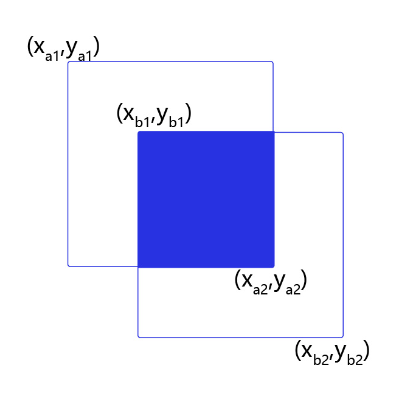
如果二者有相交部分,则相交部分左上角坐标为:
x
1
=
m
a
x
(
x
a
1
,
x
b
1
)
,
y
1
=
m
a
x
(
y
a
1
,
y
b
1
)
x_1 = max(x_{a1}, x_{b1}), \ \ \ \ \ y_1 = max(y_{a1}, y_{b1})
x1=max(xa1,xb1), y1=max(ya1,yb1)
相交部分右下角坐标为:
x
2
=
m
i
n
(
x
a
2
,
x
b
2
)
,
y
2
=
m
i
n
(
y
a
2
,
y
b
2
)
x_2 = min(x_{a2}, x_{b2}), \ \ \ \ \ y_2 = min(y_{a2}, y_{b2})
x2=min(xa2,xb2), y2=min(ya2,yb2)
计算先交部分面积:
i
n
t
e
r
s
e
c
t
i
o
n
=
m
a
x
(
x
2
−
x
1
+
1.0
,
0
)
⋅
m
a
x
(
y
2
−
y
1
+
1.0
,
0
)
intersection = max(x_2 - x_1 + 1.0, 0) \cdot max(y_2 - y_1 + 1.0, 0)
intersection=max(x2−x1+1.0,0)⋅max(y2−y1+1.0,0)
矩形框A和B的面积分别是:
S
A
=
(
x
a
2
−
x
a
1
+
1.0
)
⋅
(
y
a
2
−
y
a
1
+
1.0
)
S_A = (x_{a2} - x_{a1} + 1.0) \cdot (y_{a2} - y_{a1} + 1.0)
SA=(xa2−xa1+1.0)⋅(ya2−ya1+1.0)
计算相并部分面积:
u
n
i
o
n
=
S
A
+
S
B
−
i
n
t
e
r
s
e
c
t
i
o
n
union = S_A + S_B - intersection
union=SA+SB−intersection
计算交并比:
I o U = i n t e r s e c t i o n u n i o n IoU = \frac{intersection}{union} IoU=unionintersection
交并比计算程序如下:
# 计算IoU,矩形框的坐标形式为xyxy,这个函数会被保存在box_utils.py文件中
def box_iou_xyxy(box1, box2):
# 获取box1左上角和右下角的坐标
x1min, y1min, x1max, y1max = box1[0], box1[1], box1[2], box1[3]
# 计算box1的面积
s1 = (y1max - y1min + 1.) * (x1max - x1min + 1.)
# 获取box2左上角和右下角的坐标
x2min, y2min, x2max, y2max = box2[0], box2[1], box2[2], box2[3]
# 计算box2的面积
s2 = (y2max - y2min + 1.) * (x2max - x2min + 1.)
# 计算相交矩形框的坐标
xmin = np.maximum(x1min, x2min)
ymin = np.maximum(y1min, y2min)
xmax = np.minimum(x1max, x2max)
ymax = np.minimum(y1max, y2max)
# 计算相交矩形行的高度、宽度、面积
inter_h = np.maximum(ymax - ymin + 1., 0.)
inter_w = np.maximum(xmax - xmin + 1., 0.)
intersection = inter_h * inter_w
# 计算相并面积
union = s1 + s2 - intersection
# 计算交并比
iou = intersection / union
return iou
bbox1 = [100., 100., 200., 200.]
bbox2 = [120., 120., 220., 220.]
iou = box_iou_xyxy(bbox1, bbox2)
print('IoU is {}'.format(iou))
IOU即为计算两个相同类别检测框的交并比。交并比即两个检测框相交区域与联合区域比值。假设两个检测框完全不相交,那么交集为0,IOU也就为0,那么可以认为两个检测框所预测为不同目标,需要保留。如果两个检测框完全重合,IOU值为1,两个检测框预测为同一个目标,那么就要剔除一个检测框。
IOU抑制代码实现
import numpy as np
# pred为[1,25200,85] ,conf_thres为置信度的阈值,iou_thres为iou阈值
def nms(pred, conf_thres, iou_thres):
# 置信度抑制,小于置信度阈值的则删除
conf = pred[..., 4] > conf_thres
box = pred[conf == True]
# 所有层的第5个到最后一个值,即获取所有类别的得分
cls_conf = box[..., 5:]
cls = []
for i in range(len(cls_conf)):
# 返回cls_conf[i]中最大值的索引,根据索引定位类别
cls.append(int(np.argmax(cls_conf[i])))
# 获取类别
total_cls = list(set(cls)) #删除重复项,获取出现的类别标签列表,example=[0, 17]
output_box = [] #最终输出的预测框
# 不同分类候选框置信度
for i in range(len(total_cls)):
clss = total_cls[i] # 当前类别标签
# 从所有候选框中取出当前类别对应的所有候选框
cls_box = []
for j in range(len(cls)):
if cls[j] == clss:
box[j][5] = clss
cls_box.append(box[j][:6])
cls_box = np.array(cls_box)
box_conf = cls_box[..., 4] #取出候选框置信度
box_conf_sort = np.argsort(box_conf) #获取排序后索引
max_conf_box = cls_box[box_conf_sort[len(box_conf) - 1]]
output_box.append(max_conf_box) # 将置信度最高的候选框输出为第一个预测框
cls_box = np.delete(cls_box, 0, 0) # 删除置信度最高的候选框
while len(cls_box) > 0:
max_conf_box = output_box[len(output_box) - 1] # 将输出预测框列表最后一个作为当前最大置信度候选框
del_index = []
for j in range(len(cls_box)):
current_box = cls_box[j] # 当前预测框
interArea = getInter(max_conf_box, current_box)
iou = getIou(max_conf_box, current_box, interArea) # 计算交并比
if iou > iou_thres:
del_index.append(j) # 根据交并比确定需要移出的索引
cls_box = np.delete(cls_box, del_index, 0) # 删除此轮需要移出的候选框
if len(cls_box) > 0:
output_box.append(cls_box[0])
cls_box = np.delete(cls_box, 0, 0)
return output_box



